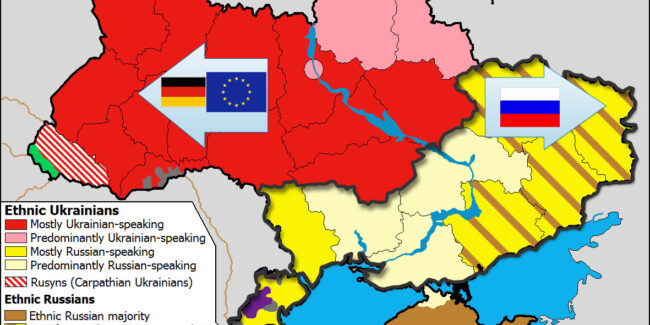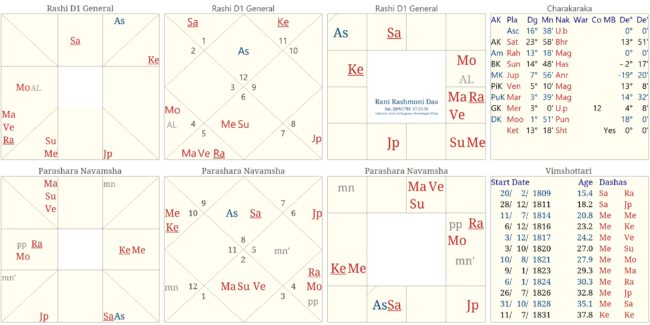Author: Sanjay Rath
Nārāyaṇa Daśā Preface
Shankaracharya’s Prayer
ॐ नारायणः परोऽव्यक्तादण्डमव्यक्तसंभवम्।
अण्डस्यान्तस्तित्वमे लोकाः सप्तदीपा च मेदिनी॥
om nārāyaṇaḥ paro’vyaktādaṇḍamavyaktasambhavam|
aṇḍasyāntastitvame lāokaḥ saptdvīpā ca madinī||
Om: Nārāyaṇa is beyond (much above) the unmanifest. The brahmāṇḍa (cosmic egg) evolves from the unmanifest. The brahmāṇḍa contains all the worlds including this earth with its seven islands.
This prayer of Ādi Saṅkara has been taken from a smriti and gives the ultimate objective of every birth in this world at least.
Pañca Sakhā
The five Mahāpuruṣa of Orissa are the initiators of the lineages. Our lineage of Vedic astrology comes from the holy feet of Sri Achyutananda.
अच्युताय नमस्तुभ्यं गुरवे परमात्मने।
सर्वतन्त्रस्वतन्त्राय चिद्घनानन्दमूर्तये॥
acyutāya namastubhyaṁ gurave paramātmane |
sarvatantrasvatantrāya cidghanānandamūrtaye ||
Pancha Mahapurusha of Orissa …
Pancha means five and sakha means friends – it is noteworthy that just like Sri Krishna referred to Arjuna as a friend, so also did Chaitanya Mahaprabhu refer to these five Maha Purusha (great men) disciples of his as Pancha Sakha or five friends.
Nineteen Mantras for Brihaspati
The Ṛk Veda gives nineteen ṛk (prayers) in two hymns for Bṛhaspati (devatā) also referred to as Brāhmaṇaspati and Gaṇapati. When using aṣṭottari daśā each of these ṛk are recited for one year of the daśā. These are from the second mandala hymn 24 and 25 although the version of the Ṛk veda by Śrī Dayananda Sarasvatī has given them together, which seems more appropriate.
Darapada and Upapada
Rebirth or mokṣa
Bṛhat Parāśara Kārakādhyāyaḥ
सर्ववार्ताधिकारी च बन्धकृन्मोक्षक्रत् तथा॥८॥
sarvavārttādhikārī ca bandhakṛnmokṣakrat tathā
sarva- whole, entire, all every; vārtta- having means of subsistence, practising any business or profession, karma; adhikāra-m. authority, government, rule, administration, jurisdiction; ca-and; bandha-m. binding, tying, fetter, arrest, imprisonment; kṛntana-n. cutting, cutting off, dividing; mokṛa-m.
Wisdom of our tradition
This article is in continuation of a series on Das Avatara. Please read (1) Avatāra and (2) Dasa avatāra Overview before this article to get a complete picture.
We have shown the wisdom of our tradition in explaining that there is no real controversy about the list of dasa-avatāra and that each of the lists are meant for a specific purpose like Parāśara list of Iṣṭa devatā, Jayadeva modification for the Bhakti path and Jagannāth list for Dharma devatā.













 DBC offers online courses in jyotish (Vedic Astrology) taught directly by Sanjay Rath as per the tradition, through narrated power points and other audio tools. The courses are at different levels, from the beginners through the intermediate to the advanced and are known as SoHamsa | DBC courses, with individual classrooms and assistant teachers
DBC offers online courses in jyotish (Vedic Astrology) taught directly by Sanjay Rath as per the tradition, through narrated power points and other audio tools. The courses are at different levels, from the beginners through the intermediate to the advanced and are known as SoHamsa | DBC courses, with individual classrooms and assistant teachers
 Sagittarius Publications is the publisher and distributor the popular quaterly magazine the Jyotish Digest, as well as many thorough books on the subject of Vedic Astrology or Jyotish.
Sagittarius Publications is the publisher and distributor the popular quaterly magazine the Jyotish Digest, as well as many thorough books on the subject of Vedic Astrology or Jyotish. We have an excellent pandit Divākar ‘Deva’ Mishra, who is from the priests of Vindhyāvāsini Siddha Pīṭha to guide you through the hundreds of temples of Kāśi [Varanasi] and neighbouring regions. He can organise your pūjā, keep you safe and take care. He is supported by an English-speaking well-travelled spouse ‘Supriya Mishra’. Please contact them directly for any services, remedial pūjā and tours. They handled the 60+ member Kāśi Jyotiṣa Group 2022.
We have an excellent pandit Divākar ‘Deva’ Mishra, who is from the priests of Vindhyāvāsini Siddha Pīṭha to guide you through the hundreds of temples of Kāśi [Varanasi] and neighbouring regions. He can organise your pūjā, keep you safe and take care. He is supported by an English-speaking well-travelled spouse ‘Supriya Mishra’. Please contact them directly for any services, remedial pūjā and tours. They handled the 60+ member Kāśi Jyotiṣa Group 2022.